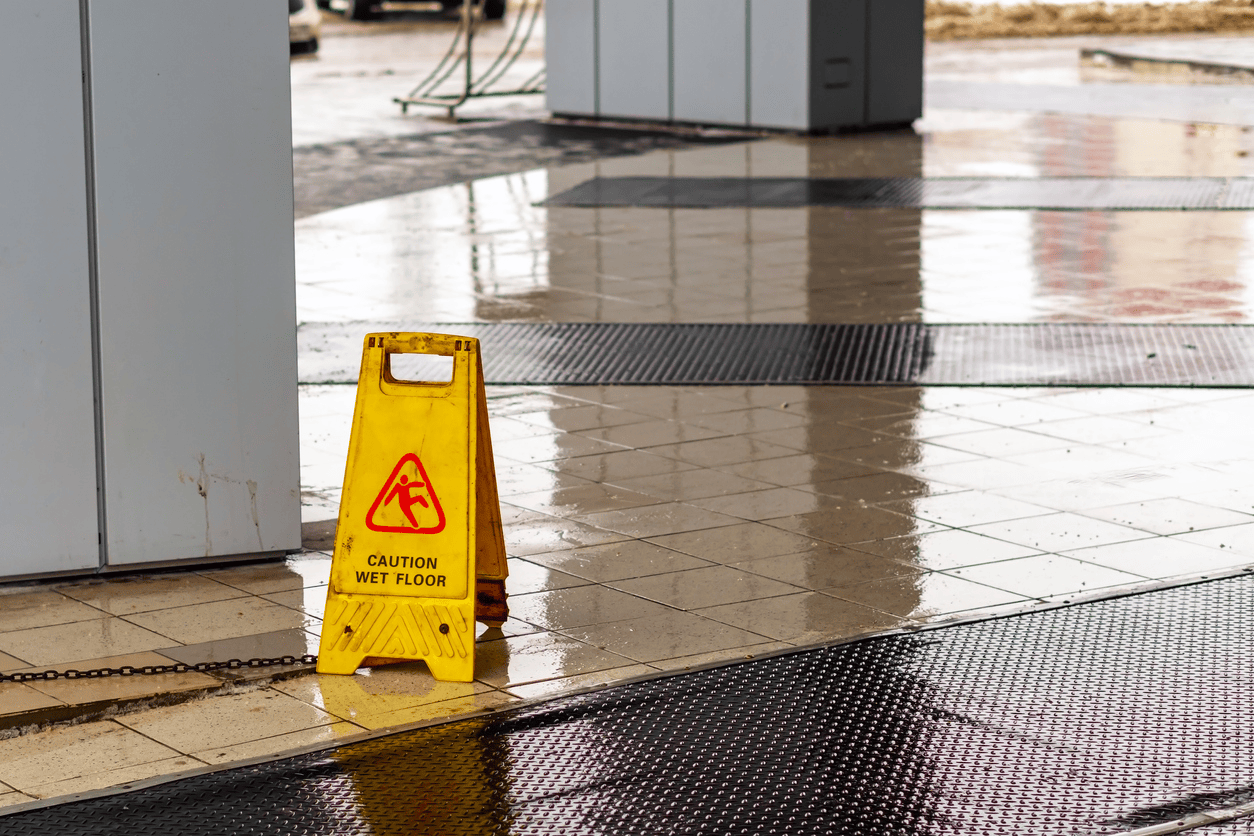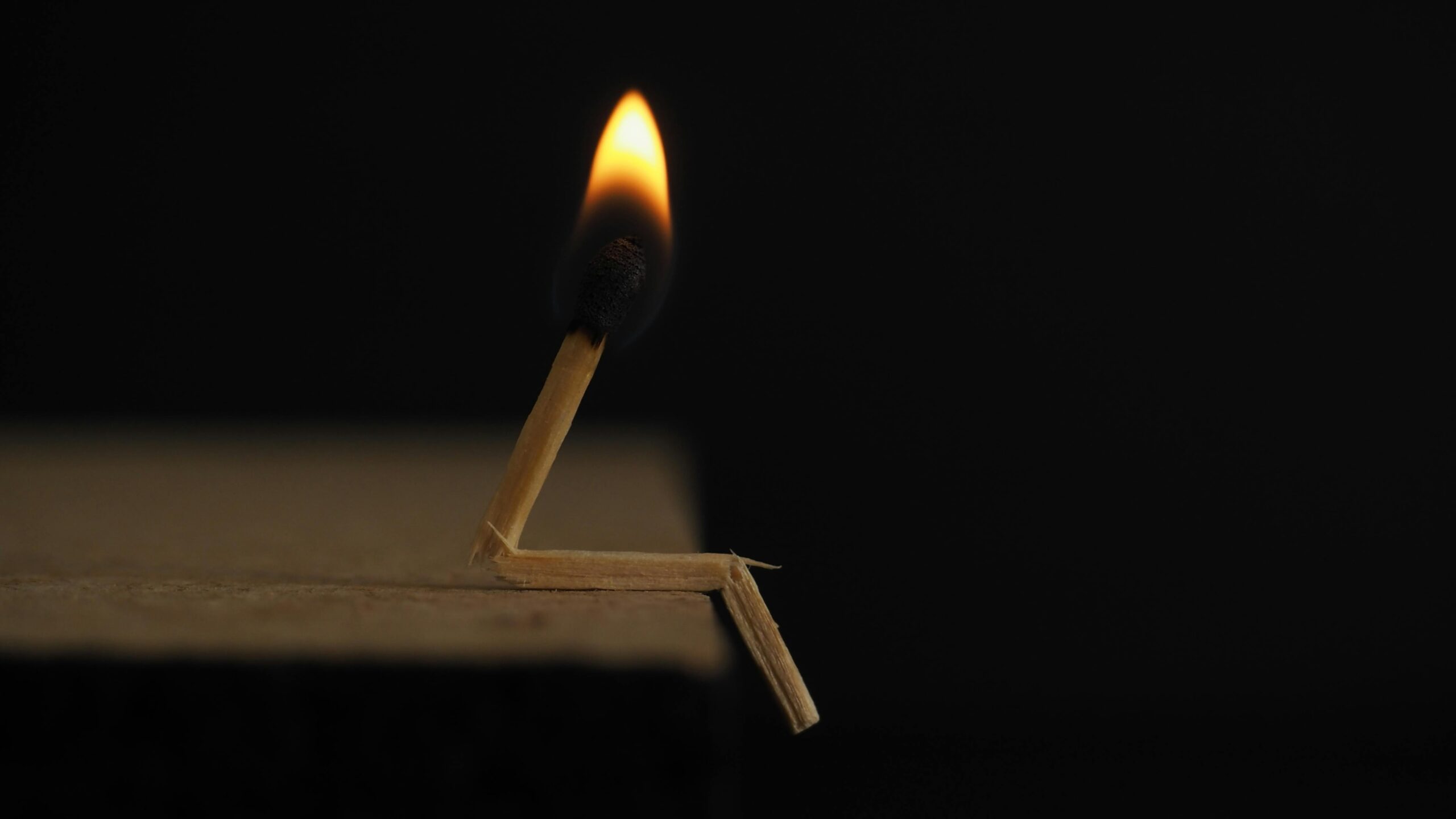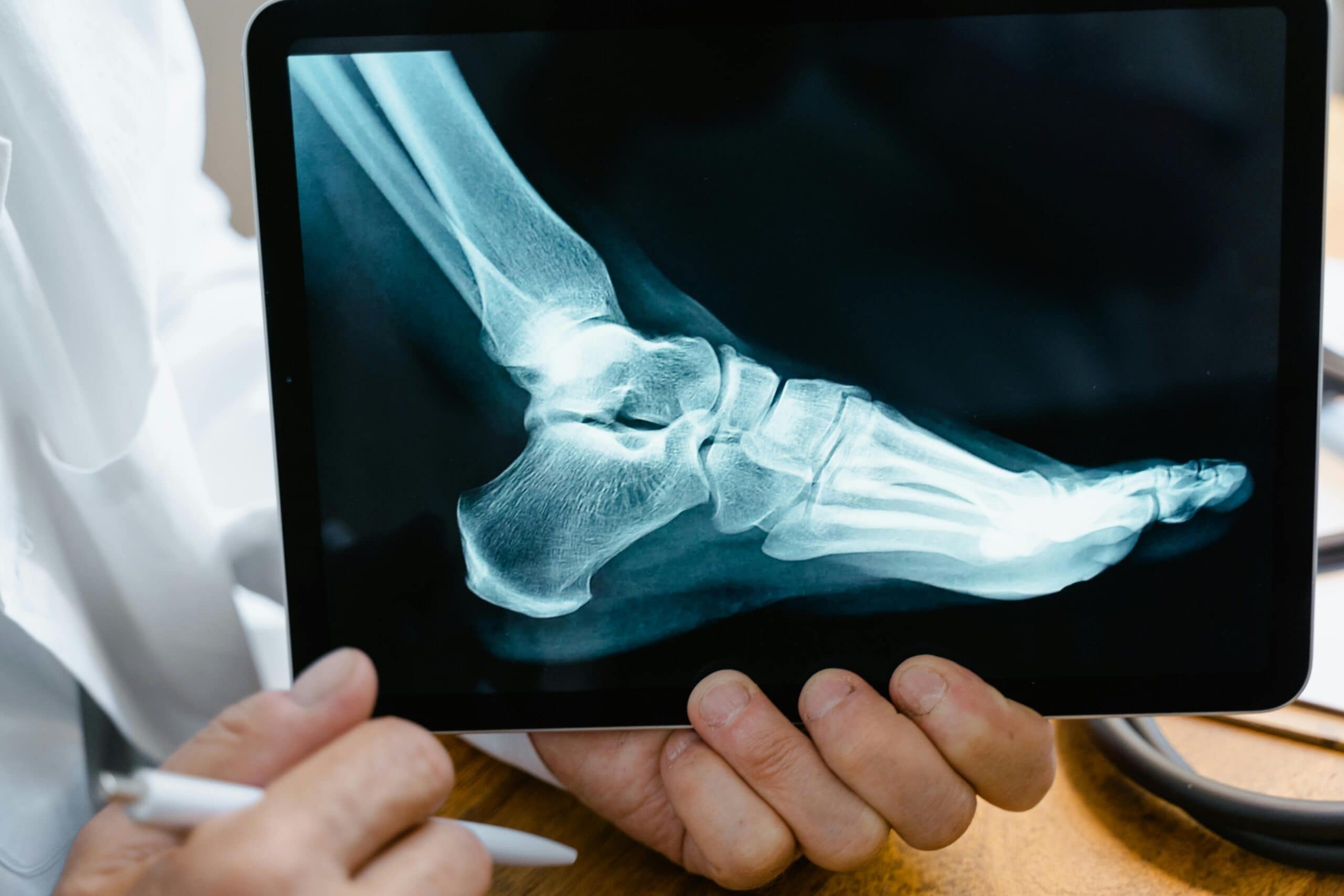
We’ve all been there — that moment when an appliance malfunctions, and it causes more than just frustration. While most appliance issues might leave you feeling irritated, some can leave you with serious burn injuries, requiring immediate medical attention.
A faulty kitchen gadget, a space heater that overheats, or an electric blanket that gets dangerously hot—burn injuries caused by defective appliances are more common than many realize. If you’ve suffered from such injuries, you’re likely wondering, can I sue if I was burnt by faulty appliances?
The short answer is: Yes, you can, but the specifics depend on whether the product you used was defective and the nature of the injury caused.
This article will break down the legalities of product liability and explain how you can hold manufacturers accountable for their negligence in keeping you safe from defective products.
What Makes an Appliance Defective?
Before you can pursue a burn injury lawsuit, you need to understand what constitutes a faulty appliance. Appliances can fail in various ways, leading to burn injuries:
1. Design Defects
A design defect occurs when an appliance is inherently dangerous due to poor design, even if it’s manufactured correctly.
These defects exist in the product’s concept and render it unsafe for regular use. For instance, a space heater that doesn’t have an automatic shut-off feature might overheat and cause a fire or burns. Similarly, certain electric blankets have been recalled in the past due to issues with overheating and causing severe burns.
2. Manufacturing Defects
Even if an appliance is designed well, issues during the manufacturing process can make it dangerous. A toaster, for example, could be made with faulty wiring, leading to an electrical shock or burn if it overheats unexpectedly. Manufacturing defects can happen when an appliance is improperly assembled or materials used are substandard or faulty.
3. Marketing Defects
Another factor is when an appliance lacks adequate warnings or safety instructions. For instance, vaporisers that don’t properly explain the risks of overheating or coffee machines with no warning about extreme heat can lead to burns or injuries. Manufacturers are required to disclose the known dangers of using their appliances to help users avoid accidents.
Types of Burns and Their Severity
Burn injuries vary widely depending on their severity, and this will influence the type of claim you can make.
First-Degree Burns:
These are the least severe burns and typically only damage the outer layer of skin. While they can be painful and red, they generally require minimal treatment and are unlikely to leave permanent scarring.
Second-Degree Burns:
These burns affect both the outer and inner layers of the skin and may cause blisters and significant pain. Medical attention is often required, and recovery may take weeks, leaving scars or discoloration.
Third-Degree Burns:
The most severe type of burn, third-degree burns, penetrates all layers of the skin and potentially damages deeper tissues, including muscle and bone. These burns often require surgical intervention, and victims may need long-term treatment such as skin grafts. Third-degree burns can lead to permanent disfigurement and require significant compensation due to the emotional and physical toll they take on the victim.
Legal Framework: How Product Liability Works
If you’ve suffered burns due to a faulty appliance, understanding the legal framework that governs these cases is critical. Product liability laws hold manufacturers, distributors, and sellers accountable for selling products that are defectively designed, manufactured, or marketed.
There are three main types of claims you can make:
- Negligence: If a manufacturer fails to take reasonable care in the design, manufacturing, or testing of a product, and it results in injury, you can sue for negligence. For example, if a manufacturer knew about the defect in a space heater but didn’t recall the product or address the issue, they could be held liable for the burns caused by their negligence.
- Strict Liability: In cases of strict liability, you don’t have to prove negligence. Instead, you must show that the product was defectively designed or manufactured, and that the defect directly led to your injury. This is especially common in cases involving dangerous products such as defective electrical appliances.
- Breach of Warranty: If an appliance fails to perform as promised in its warranty (e.g., the manufacturer guarantees that it won’t overheat or cause burns), you may have grounds for a lawsuit under breach of warranty.
What You Can Claim for a Burn Injury
Once you’ve established that the appliance was defective, the next step is understanding what compensation you might be entitled to. The types of compensation vary depending on the severity of the burn injury:
1. Medical Expenses:
This includes the cost of immediate treatment, hospital visits, surgeries, medications, and long-term rehabilitation if necessary. In cases of third-degree burns, medical expenses can be significant.
2. Lost Wages:
If your injuries prevent you from working, either temporarily or permanently, you may be entitled to recover lost wages. This includes future lost earnings if the burn injury affects your ability to perform your job long term.
3. Pain and Suffering:
Burn injuries often result in significant physical pain and emotional distress. Victims may experience permanent disfigurement, which can have lasting effects on their mental well-being. Courts will consider the severity of your injury when awarding pain and suffering damages.
4. Punitive Damages:
In extreme cases, when the manufacturer’s conduct is particularly reckless (e.g., ignoring safety protocols or failing to recall a dangerous product), you may be entitled to punitive damages. These are meant to punish the manufacturer and deter future misconduct.
5. Emotional Distress:
For victims who suffer long-term emotional distress due to their injuries, compensation may also be awarded for mental anguish. This is particularly common in cases involving permanent scarring or psychological trauma.
Steps to Take After a Burn Injury
If you’re injured by a defective appliance, here’s what you should do to protect your health and your legal rights:
- Seek Medical Attention: Your immediate priority should be to treat your burn. Get medical help as soon as possible, whether it’s through emergency care or seeing your doctor for follow-up treatment.
- Document the Injury: Take pictures of your injuries and the faulty appliance that caused them. Keep the packaging, receipts, and any instruction manuals that came with the appliance, as these can serve as evidence in your claim.
- Preserve Evidence: Keep the defective appliance in a safe place and do not attempt to repair it. This could serve as key evidence if you decide to file a lawsuit.
- Consult a Lawyer: Burn injuries can be complex, especially when a product defect is involved. Consulting a lawyer who specializes in personal injury or product liability is essential for understanding your rights and options. A skilled attorney can help you navigate the legal process and maximize your chances of obtaining fair compensation.
Real Cases of Burn Victims Winning Compensation
Here are real-life examples of victims who successfully filed lawsuits and received compensation for burn injuries caused by faulty products:
Krissy Williams v. Instant Pot
Krissy Williams filed a lawsuit against Instant Pot after suffering third-degree burns when a defective pressure cooker malfunctioned. The faulty lid-locking mechanism allowed hot liquid to escape, causing severe burns. Williams claimed the product was defectively designed and not properly tested. The case was settled with compensation for her medical expenses, lost wages, and pain and suffering.
Lasko Space Heater Fire and Burn Injuries
In 2019, a family sued Lasko Products after one of their space heaters caught fire, severely injuring a child. The lawsuit argued that the heater had a design flaw and wasn’t adequately tested for safety. The court found Lasko liable for the defect, and the family received compensation for medical bills, lost wages, and emotional suffering.
Explosion and Burn Injuries from Defective Vaping Devices
In 2017, a man from California suffered severe burns when his vaping device exploded due to a manufacturing defect in the lithium-ion battery. The plaintiff sued the manufacturer, claiming the battery caused the device to overheat and explode, leading to burns on his face and hands. The victim received compensation for medical treatment, pain, and lost wages.
Electric Blanket Burn Injuries
In Texas, a woman filed a lawsuit after suffering second-degree burns from a defective electric blanket. The blanket’s electrical components malfunctioned, leading to overheating while she was using it. The lawsuit claimed the product lacked proper safety warnings and was defectively designed. The woman was awarded compensation for her medical expenses, pain, suffering, and emotional distress.
FAQ: Can I Sue If I Was Burned by Faulty Appliances?
1. Can I sue if I was burned by a faulty appliance?
Yes, if a defective appliance causes burn injuries, you may file a personal injury claim for compensation. You can seek damages for medical bills, pain, suffering, lost wages, and, in some cases, punitive damages.
2. What is strict liability in defective product cases?
Strict liability holds manufacturers accountable for injuries caused by defective products, even if no negligence occurred. If a product is defectively designed or lacks proper warnings, the manufacturer can be held responsible for injuries, like burn injuries.
3. What types of burns can faulty appliances cause?
Faulty appliances can cause minor to severe burns, including third-degree burns, which require extensive medical treatment. Space heaters, electric blankets, and kitchen appliances are common culprits.
4. What can I recover in a lawsuit?
You can recover medical expenses, lost income, pain and suffering, and long-term care costs. In severe cases, punitive damages may be awarded if the manufacturer’s actions were particularly egregious.
5. How do I prove a manufacturing defect?
To prove a defect, you must show that the product was defectively made and that the defect caused your injury. Expert testimony and product testing may be used to support your claim.
6. Can I sue for chemical burns from a defective appliance?
Yes, if you suffered chemical burns from a faulty appliance, you can sue for product liability if the defect caused the injury.
7. How long do I have to file a lawsuit?
The statute of limitations for filing varies by state but is typically 1 to 3 years from the date of injury. Consult with a lawyer as soon as possible to ensure you meet the deadline.
Conclusion
If you’ve suffered from a burn injury caused by a defective appliance, know that you have legal options. From kitchen appliances like pressure cookers to space heaters and electric blankets, manufacturers are held accountable for ensuring the safety of their products. Victims of these product defects can receive compensation for medical expenses, lost wages, pain, and suffering.
At Bourassa Law Group, we understand the impact a burn injury can have on your life. Our team is here to help you navigate the complex process of filing personal injury claims related to defective products. If you’ve been injured due to a faulty appliance, don’t hesitate to reach out.
Contact us today for a free consultation and let us help you recover the damages you deserve. Together, we can hold negligent manufacturers responsible and get you the compensation you need to move forward.





